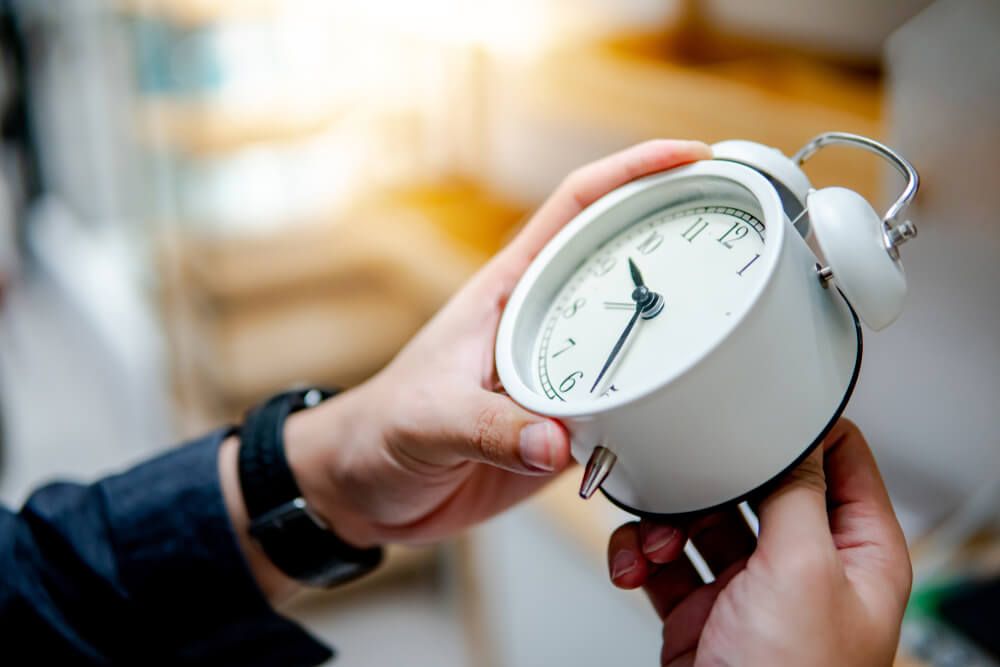Sleep Disorder Breathing encompasses various respiratory disturbances that occur during sleep. These disturbances can lead to a drop in blood oxygen levels, triggering the body’s flight and stress responses. Consequently, individuals may transition from deep to light sleep, causing sleep fragmentation and leaving them feeling unrested upon waking.
Obstructive Sleep Apnea (OSA)
Description: Occurs when the upper airways are blocked, hindering airflow in and out of the lungs, leading to decreased oxygen levels.
Impact: Results in fragmented sleep, leading to daytime sleepiness and fatigue.
Learn More: Refer to the Obstructive Sleep Apnea article for detailed information.
Central Sleep Apnea
Description: Breathing pacemaker in the brain fails to signal breathing muscles, causing oxygen levels to drop.
Impact: Disrupts deep sleep, often leading to waking during the night.
Learn More: Explore the Central Sleep Apnea article for a deeper understanding.
Hypopnea
Description: Shallow breathing leads to low blood oxygen levels and increased carbon dioxide, disrupting sleep stages.
Impact: Shifts individuals from deep to light sleep, affecting overall sleep quality.
Learn More: Find detailed information in the Hypopnea article.
Upper Airway Resistance Syndrome (UARS)
Description: Partial airway obstruction hampers airflow, leading to fragmented sleep even without significant oxygen drop.
Impact: Sleep disturbances without severe oxygen desaturation, causing feelings of non-refreshing sleep.
Learn More: Explore the Upper Airway Resistance Syndrome article for further insights.
To diagnose these disturbances, a diagnostic polysomnography, commonly known as a sleep study, is performed. This comprehensive assessment monitors various physiological parameters during sleep, enabling healthcare providers to identify specific respiratory issues.
Understanding these disturbances and their diagnostic processes empowers patients to seek appropriate care, leading to improved sleep quality and overall well-being. For further details, refer to specific articles related to each respiratory disturbance.
Copyright by Dr. Michel Jeannot

